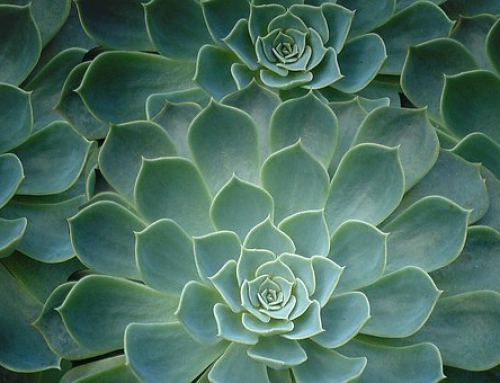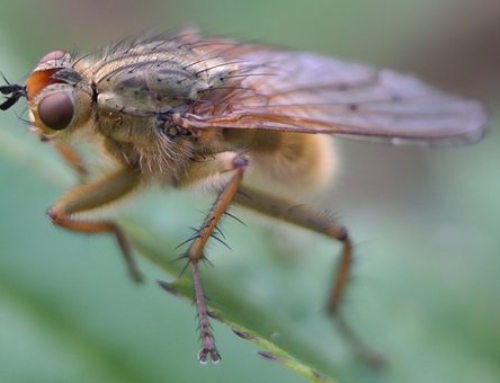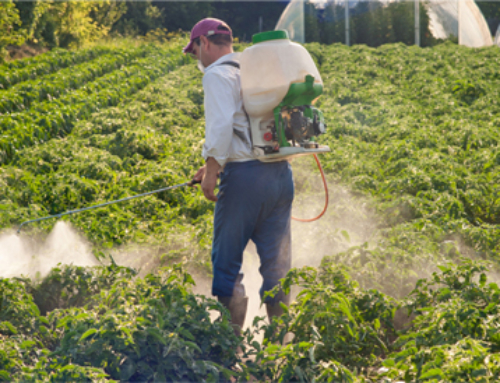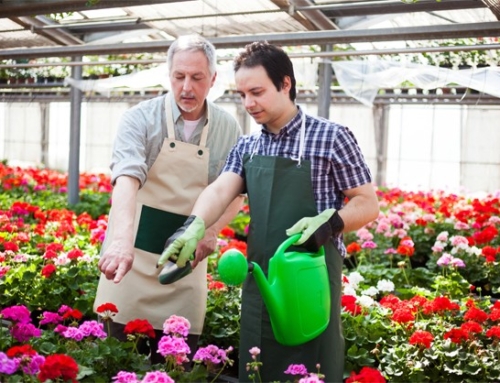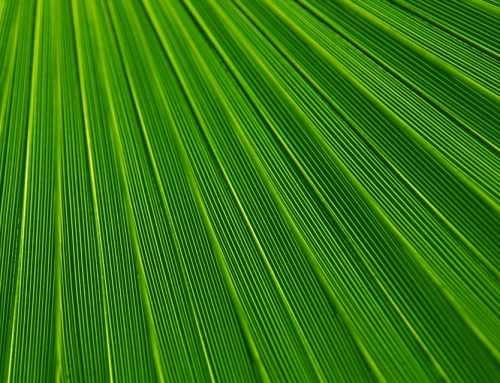Kicking the Bugs Out – Interior Plant Pest Solutions
When designing a pest control strategy for insects and mites, consider cultural, mechanical, biological and least toxic chemical alternatives. When you blend these methods to control and eradicate pests, you are practicing Integrated Pest Management (IPM).
TREATMENT STRATEGIES
Cultural
Reduce plant stress by changing a cultural practice to modify the environment. For example,
- Control moisture, maintain proper p H and fertilizer levels, alleviate media compaction.
- Stabilize temperature to avoid extreme hot/cold fluctuations.
- Increase light by pruning out dense foliage, moving the plant closer to the window or adding artificial lighting.
Cultural controls will not eliminate pests that are already established,but they will reduce the stressors that weakened the plant.
Mechanical
Along with improving the plant’s environment, tackle the infestation with mechanical controls.
- Prune out small infestations.
- Pick off insects with alcohol on a cotton swab or Q-tip. Gently scrub off scale with soap and water and an old toothbrush or plastic scrubber (always be careful not to damage the tender
epidermis). - Clean off honeydew and sooty mold with a commercial leaf cleaner or a mixture of 1 qt of water and 1 tsp of rubbing alcohol or vinegar.
- Isolate an infested plant.
Biological
A number of companies incorporate biological pest control methods into their treatment strategies. For biologicals to be effective, the pest population must be large enough to support the feeding activity of the “good bugs.” Using biologicals requires education, commitment and the cooperation of the entire interiorscape company.
Chemical
When you turn to chemicals to control insects and mites, start with the least toxic solutions.
- Establish a regular regime of clearing and spraying your plants with mild chemicals. Mix 1 gal water with 1-2 tsp of one of the following products: phosphate-free dish soap. Fels Naphtha shavings (cake soap), rubbing alcohol, or baking soda. Olive oil (1 tsp/gal water) works well to control scale and mealybug.(Do not apply on plants that receive long hours of direct sun.)
- A partial listing of inorganic and botanical pesticides available
to interiorscapers include insecticidal soaps, horticultural oils, pyrethrum, pyrethrin-based pesticides, diatomaceous earth and Neem oil.

